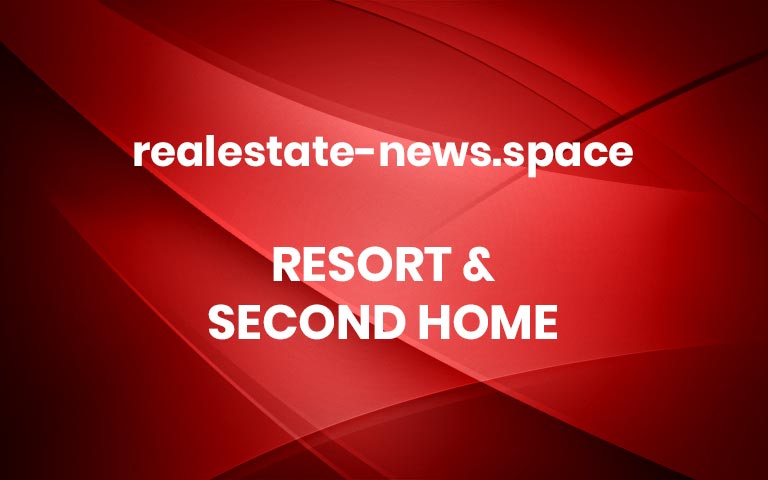Second Home Lisboa: inside the creative accelerator’s first international outpost
Cofounder Rohan Silva predicts the future of the workplace
The post Second Home Lisboa: inside the creative accelerator’s first international outpost appeared first on The Spaces. More



